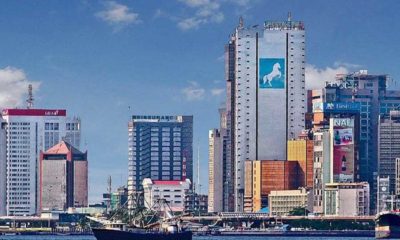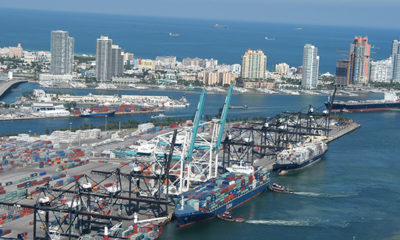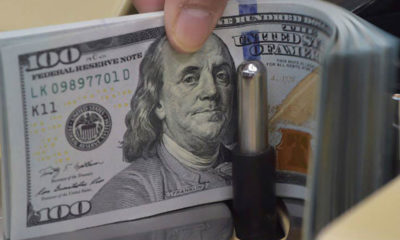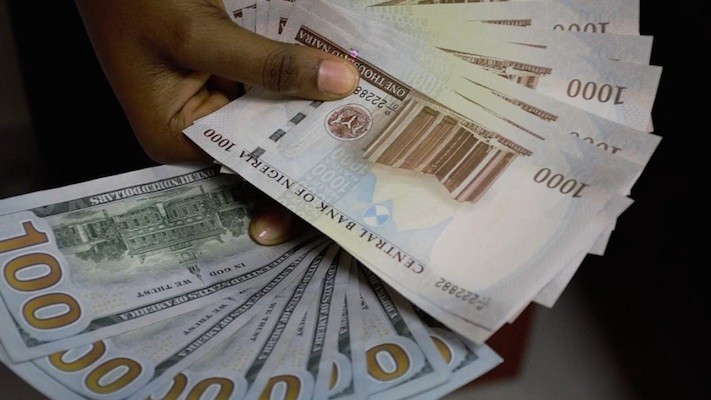Nigeria has released up to 63.5 percent of the capital vote for this year as of August, according to the Director-General of the Budget Office, Ben Akabueze, but warned that the country was spending more than it earns, which leaves borrowing inevitably.
He said a total of N1.3 trillion has so far been released by the government for capital projects as of August, noting that government expenditure is over 90 percent while revenue remains low at 70 percent performance.
Akabueze, who spoke at a public hearing by the House of Representatives Committee on Finance, said while the non-oil revenue running ahead of the target for the year, the oil revenue was just below 50 percent of the target.
“On capital, as of the number that we have presented, extrapolated to August. But as of June, releases for capital were over N900 billion. But that figure has gone up to N1.3 trillion (as of August).
“As the honorable minister has reported, as of August is 63.5 percent appropriated for capital has been released, which is N1.3 trillion.
“On the expenditure side, we are running over 90 percent, not surprisingly because we are meeting all of our recurrent expenditure and there are also strenuous efforts being made to fund the capital budget.
“So, that has meant that the deficit was running ahead of plan as of that date. Overall, the deficit is still within the ceiling set in the Appropriation (Act 2021).
“Expenditure is over 90 percent but our revenue is a little under 70 percent; that is overall in aggregate,” Akabueze said.
“As the honorable minister highlighted in her presentation, as of June, in terms of revenue performance, our non-oil tax revenues were running ahead of or very close to the target.
“But our oil revenue performance was a drag – just under 50 percent of the target. That pulled down our overall revenue performance percentage,” the budget office Director-General stated.
On her part, the Director-General of the Debt Management Office (DMO), Patience Oniha said the country debt stock will continue to rise due to underperforming revenue collection.
Oniha said despite the fact that the country has been conservative in projecting revenues, “we still see that we are underperforming in revenue.
“So, it means that we are relying increasingly on borrowings to finance the activities of the government. And if you look at the figures from last year when the budget was revised because of COVID-19, we can see that the borrowing levels are going higher.
“So, what that means is that the debt stock as expected will keep rising and debt service will also keep increasing, as shown in the presentation.
“I just thought I should highlight that this is primarily where the debt stock is growing from, and the debt service, which means that we are also servicing, taking from the revenue which has not grown as expected.
“I thought I should highlight that because there is a lot of concern about debts. But really, this is the source and we can see the trend.”

 News3 weeks ago
News3 weeks ago
 Business3 weeks ago
Business3 weeks ago
 Technology3 weeks ago
Technology3 weeks ago
 Investment3 weeks ago
Investment3 weeks ago
 Banking Sector3 weeks ago
Banking Sector3 weeks ago
 Banking Sector3 weeks ago
Banking Sector3 weeks ago
 Appointments3 weeks ago
Appointments3 weeks ago
 Investment3 weeks ago
Investment3 weeks ago



























